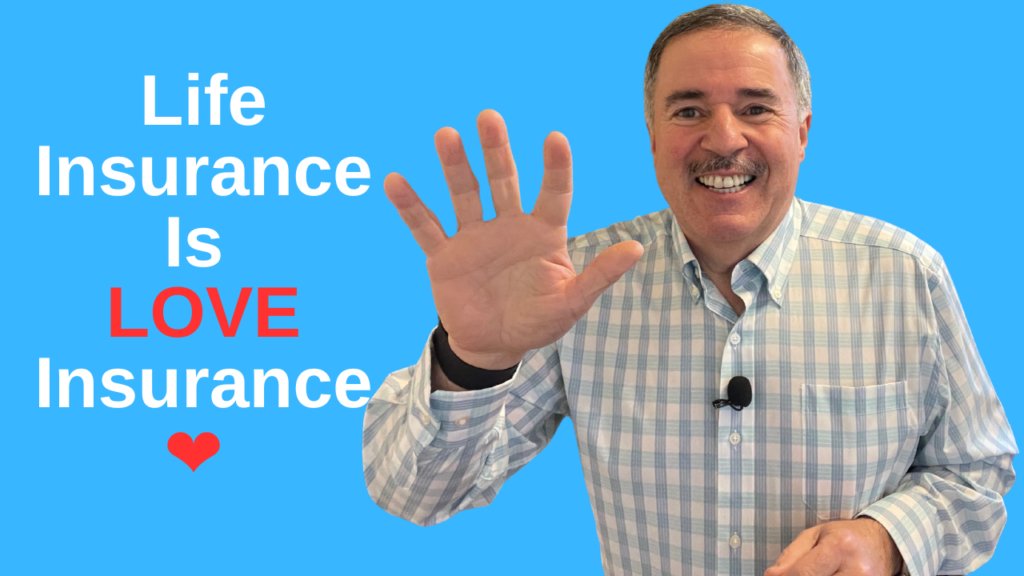Life Insurance is Really Love Insurance

Life insurance is one of those things that you should never go without. Should you cease to exist, your family will face an incredible financial burden on top of losing your regular income. If you truly love your family, make sure you have a good life insurance policy.
How Life Insurance Relates to Love
When you love someone, you don’t want to see anything happen to them. You’re constantly striving to be in their corner while doing what you can to make their lives easier to manage.
But what happens should something happen to you? How will your loved ones fare financially should the unexpected occur? With the world’s state today, it’s a considerable risk just walking into a grocery store.
Ensuring Sustainable Family Lifestyles
How much of your family’s lifestyle requires your income? I’m not talking about designer clothes or expensive toys every week. A lifestyle could include everything from the types of food your family eats to paying for intramural or city-league sports.
Perhaps you cover everyone’s expenses for going to the gym every month.
Covering Death Expenses
When you die, there is a slew of expenses that follow. For instance, a casket, embalmment, burial plot, headstone, funeral services, and much more tally up very quickly. Even if you plan to be cremated, there is a cost there as well.
Life insurance helps cover those expenses so the ones you love don’t have to worry.
Personal Care for Those You Love
Child care can cost an overwhelming amount of money, especially for someone who lost a second stream of income due to your death. Or, maybe you help cover expenses for dependent caregivers for your elderly family members.
Who is going to take care of those expenses if you’re in a fatal car accident?
College and Education
College tuition and basic education are extremely expensive in the United States. While some students qualify for loans and grants, a lot of them do not.
If you’re paying for your child’s education, are they able to finish school without your income?
Debts that You Co-Sign
There are a lot of reasons why you might co-sign for a loan, property, or other purchase for someone. In fact, it’s quite common to co-sign the financing for an automobile for a child.
If your life comes to an end because of a hurricane, does your insurance help those you love handle those debts?
How Much Does Life Insurance Cost
The cost of life insurance depends on many factors, such as age, health profile, and lifestyle. A 40-year-old in good health can purchase $500,000 of a 10-year term policy for around $20 per month. And the same 40-year-old can purchase 500,000 life insurance policies for around $30 per month. It is important to review your life insurance policy regularly to make sure that it still covers your family’s needs and obligations.
Love Your Family Enough to Be Covered
Sure, a lot of what I pointed out above are hypotheticals. Still, never underestimate the fragility of human life. All it takes is someone not paying attention on the road, a natural disaster, or an act of evil in a public space to end yours.
While some may think it’s unsettling to plan for their demise, it’s better than trying to wing-it should something happen to you. You want the ones you love to be financially protected through your life insurance policy. Otherwise, they could be on the hook for an incredible amount of debt.
At Vargas & Vargas Insurance, we can help you find the best life insurance policies for your specific needs and wants. Contact us today and find out how we can help you protect the ones you love in the event something happens to you.
The last thing you want is for your death to result in ruining your family’s ability to remain sustainable.


